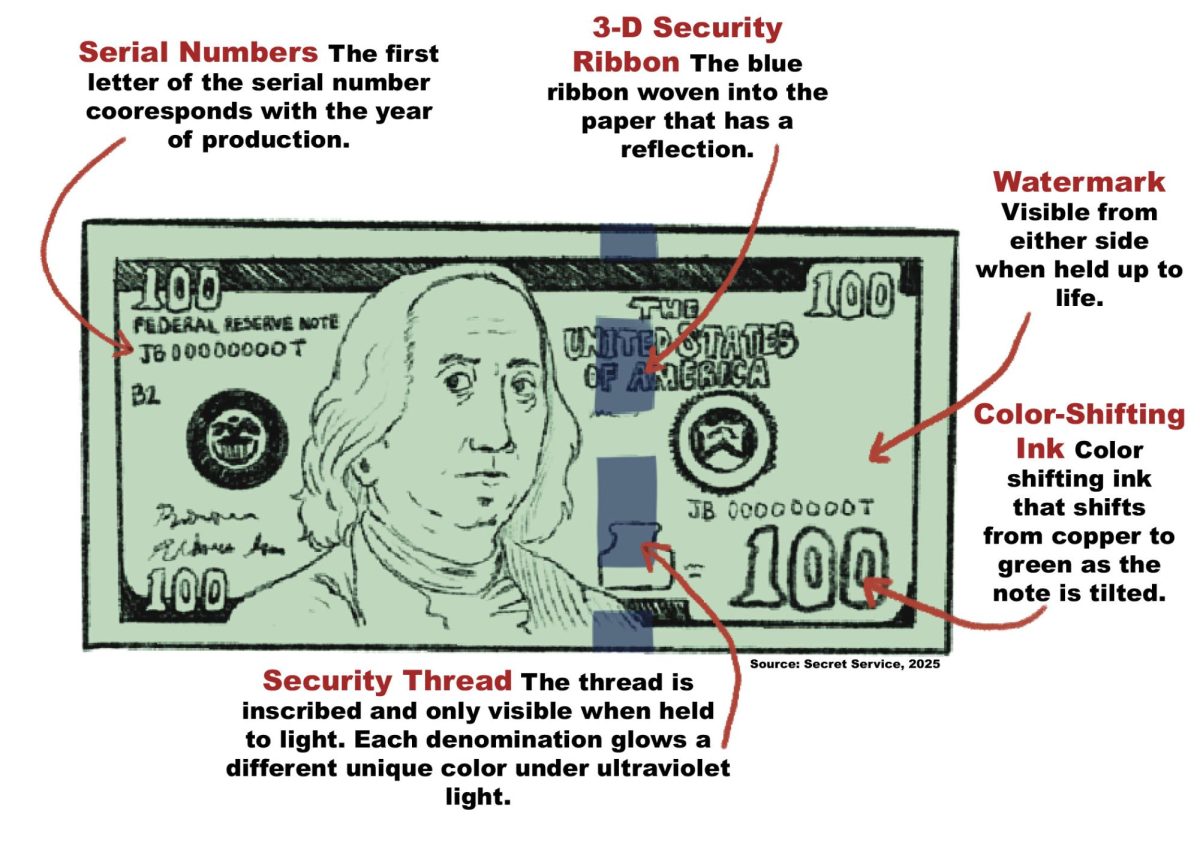Fruit-based desserts have a natural charm—they’re colorful, refreshing, and often the showpiece at the table. But let’s be honest: no matter how delicious your recipe is, if the fruit looks bruised, uneven, or messy, the presentation can fall flat. That’s where the right knife comes in. Choosing the right tool doesn’t just make prep easier—it transforms your desserts from homemade to patisserie-worthy.
Why Knife Choice Matters in Dessert Preparation
Think of your knife as a partner in the kitchen. The right blade ensures:
- Precision – Clean, even cuts give fruit tarts, parfaits, and salads a polished, professional look.
- Efficiency – A knife suited to the task saves prep time and reduces waste.
- Safety – A sharp, well-balanced knife is safer to use because it won’t slip or crush delicate fruit.
Common Challenges with Fruit Prep
Not all fruits are created equal, and each brings its own challenges:
- Delicate textures – Kiwis, berries, and peaches bruise at the lightest pressure.
- Tough skins – Pineapples, mangoes, and citrus fruits can be tricky to peel and slice.
- Uniformity – Apple slices for a tart or melon cubes for a fruit salad need to be consistent to look (and cook) their best.
Knives That Elevate Your Fruit Desserts
Different fruits call for different knives. Here are some standouts:
- Paring Knife – Ideal for peeling apples, coring strawberries, or trimming citrus segments.
- Nakiri Knife – As one of the traditional Japanese knives, the Nakiri’s straight blade is perfect for precision slicing of apples, melons, or citrus where clean, even cuts matter most. A well-crafted option is the Kyoku Nakiri knife, known for its razor-sharp edge and balanced design that makes fruit prep effortless.
- Serrated Knife – Great for soft fruits with delicate skins, like tomatoes, peaches, or strawberries. The teeth grip without crushing.
- Chef’s Knife – A go-to for larger fruits like pineapple, watermelon, or cantaloupe. Its weight helps power through tough rinds with ease.
Tips for Using Knives Effectively in Dessert Prep
A sharp knife is only part of the equation—how you use it matters just as much:
- Keep it sharp – A dull knife tears fruit instead of slicing it cleanly.
- Stabilize your workspace – A sturdy cutting board (wood or plastic) keeps your cuts safe and steady.
- Match the knife to the task – Don’t try to peel grapes with a chef’s knife or cut a melon with a paring knife.
- Clean as you go – Fruit sugars can get sticky fast. Wiping blades between cuts keeps them efficient and safe.
Presentation Tricks for Stunning Fruit Desserts
The final flourish is all about how you present your fruit:
- Thin slices – Perfect for layering apples on a tart or decorating cakes.
- Uniform cubes – Make fruit salads and skewers look polished and inviting.
- Decorative cuts – Fans, spirals, and wedges instantly elevate even the simplest dessert.
With the right knife, these techniques aren’t just easier—they look effortlessly professional. And since a high-quality knife can completely transform the way desserts look and taste, it also makes a thoughtful choice if you’re looking to give a knife as a gift to a fellow baker or dessert enthusiast.
The Knife as a Dessert Partner
At the end of the day, the right knife isn’t just a tool, it’s a quiet partner in your dessert-making process. Whether you’re preparing a rustic berry galette or a show-stopping fruit tart, your knife helps you capture both the beauty and flavor of fresh fruit. If you’ve ever struggled with bruised berries, uneven apple slices, or mangled mango cubes, it might be time to upgrade your knife collection. Invest in the right tools, and you’ll find that your fruit-based desserts don’t just taste better—they shine.






























































































































